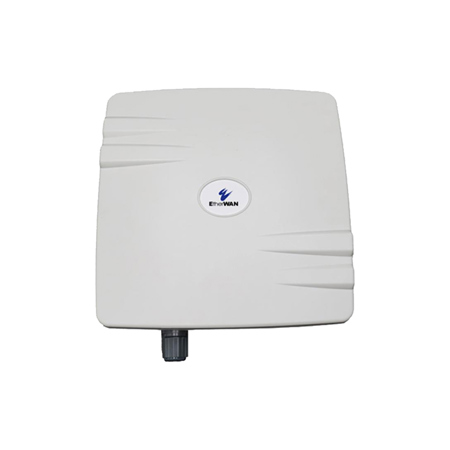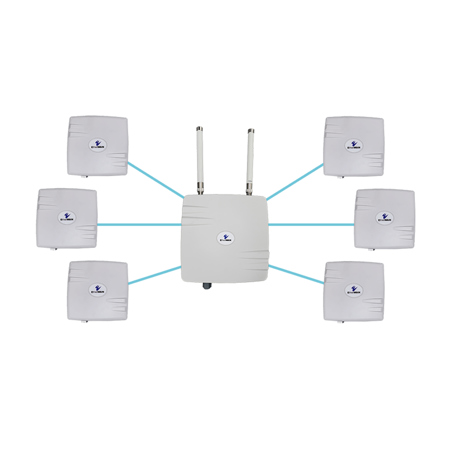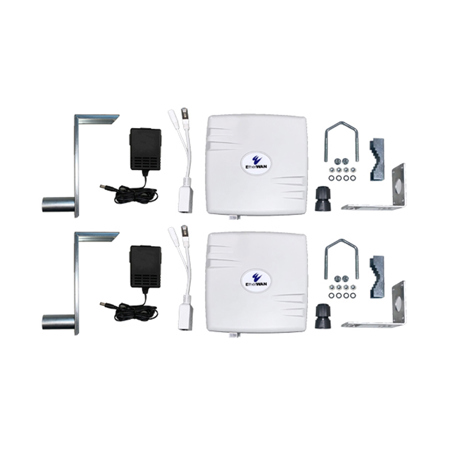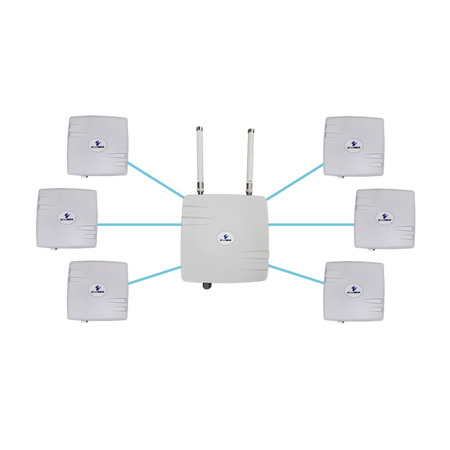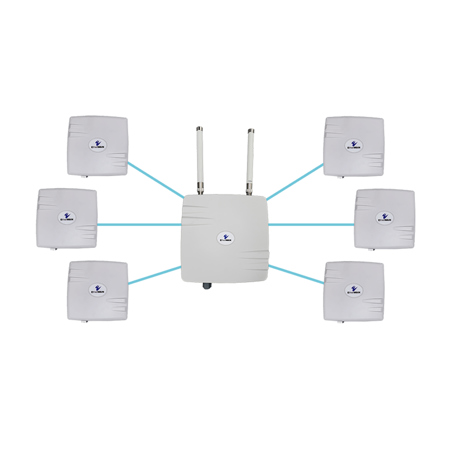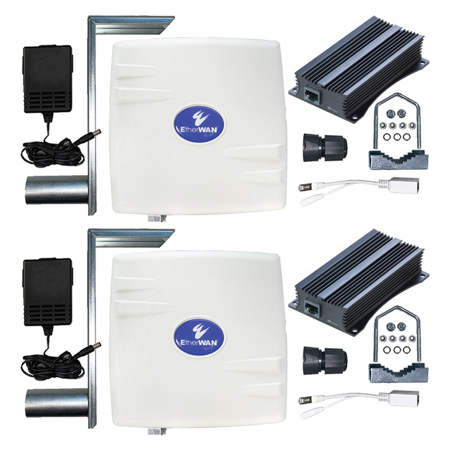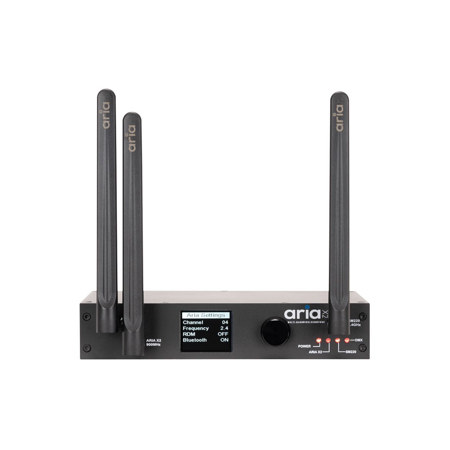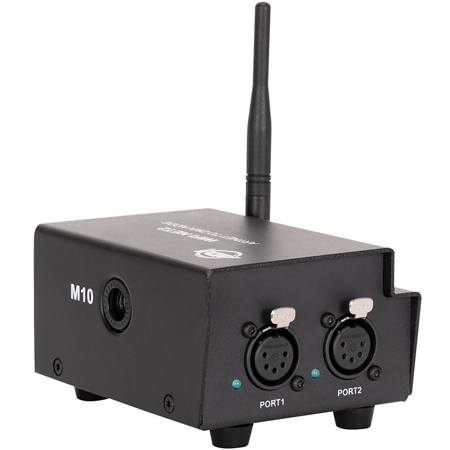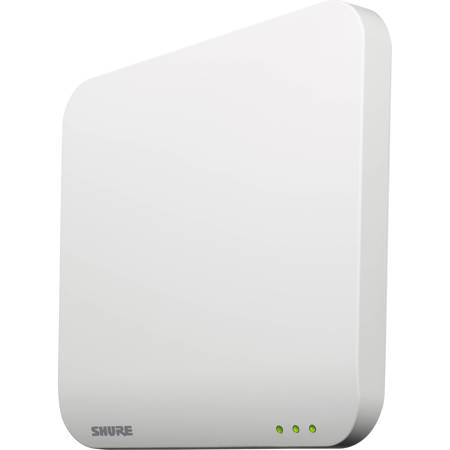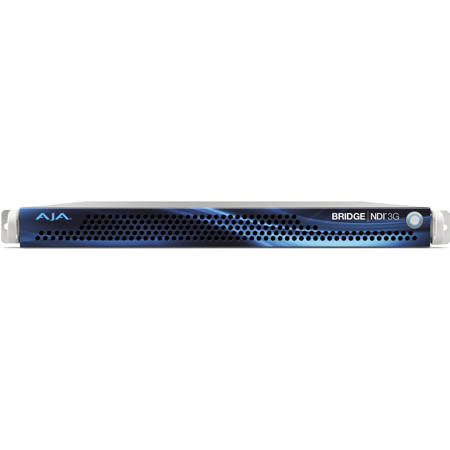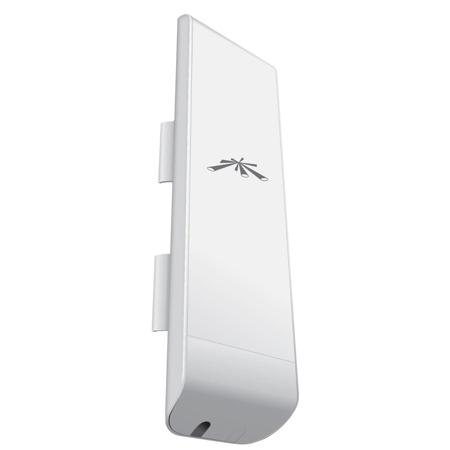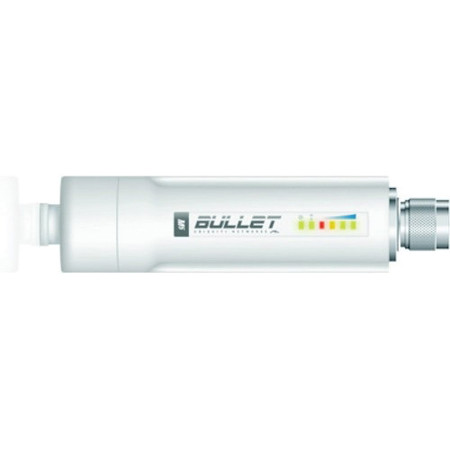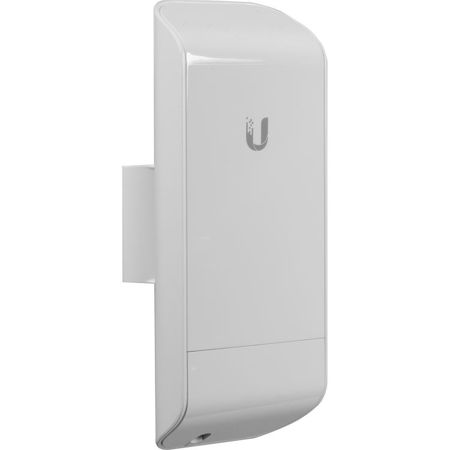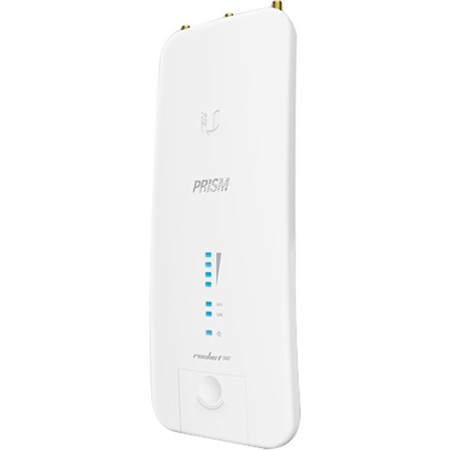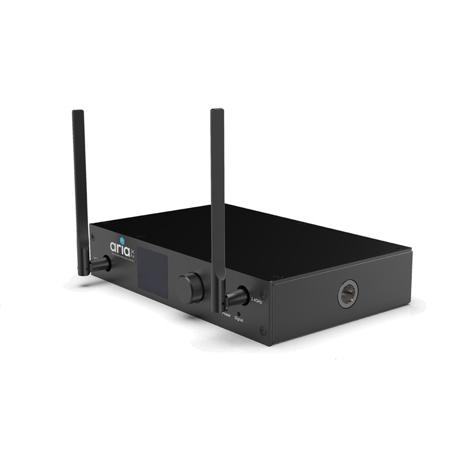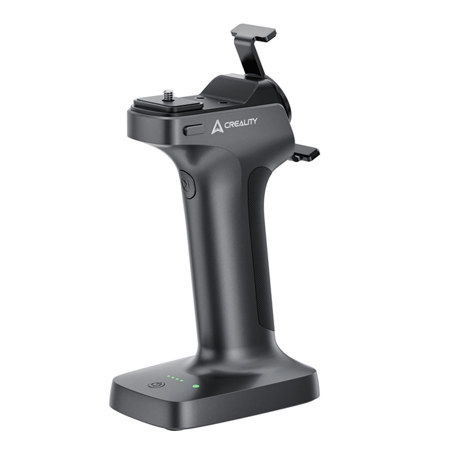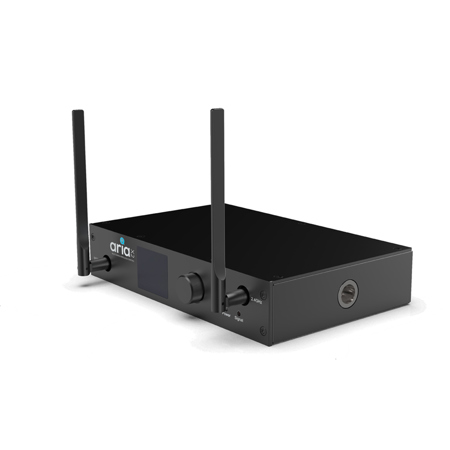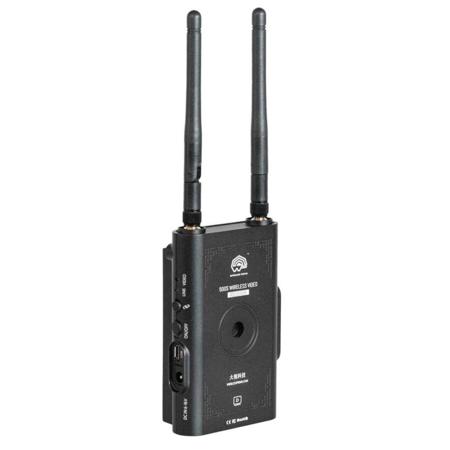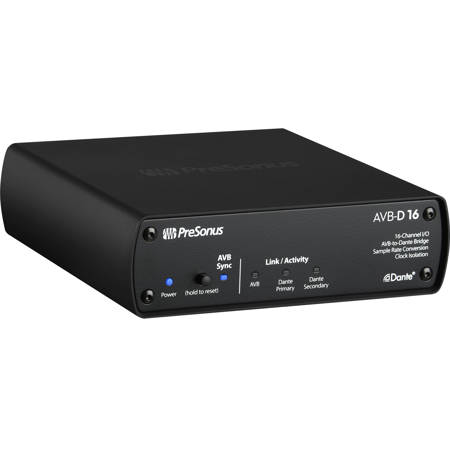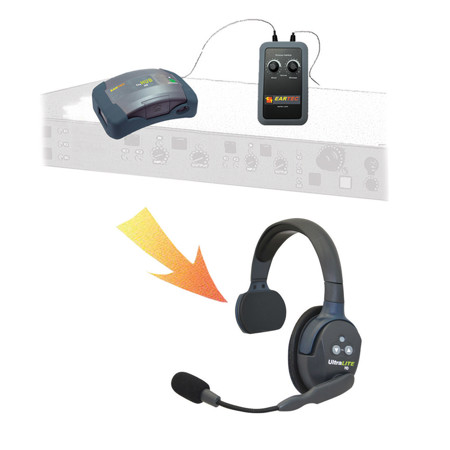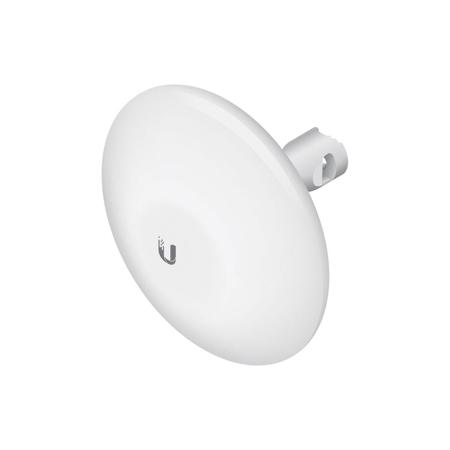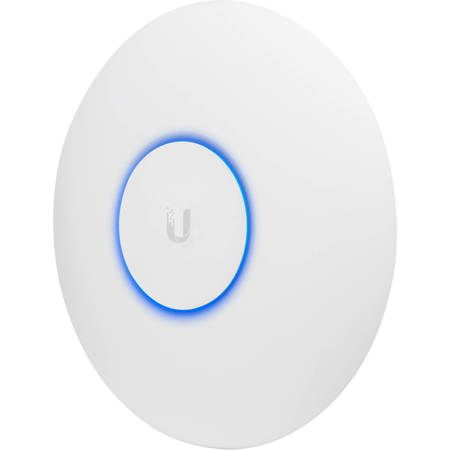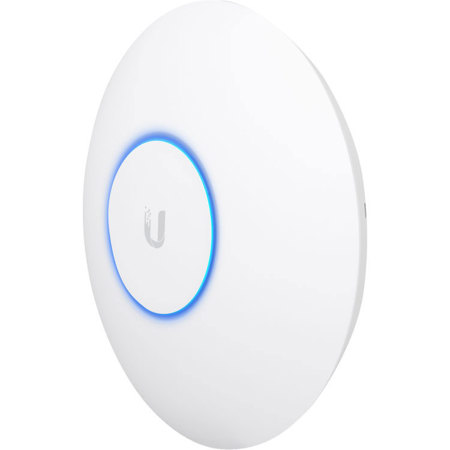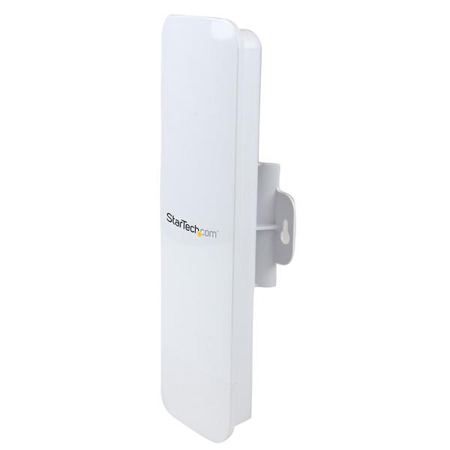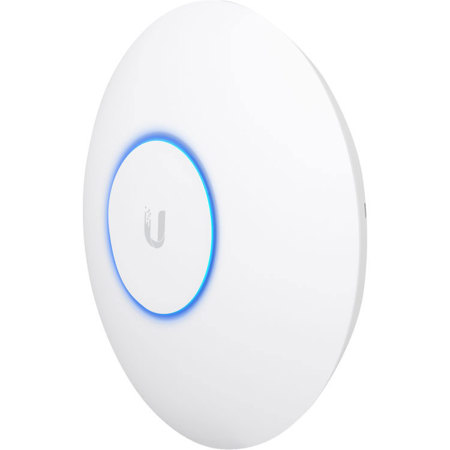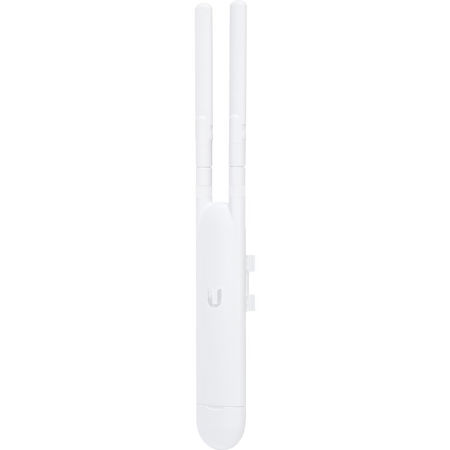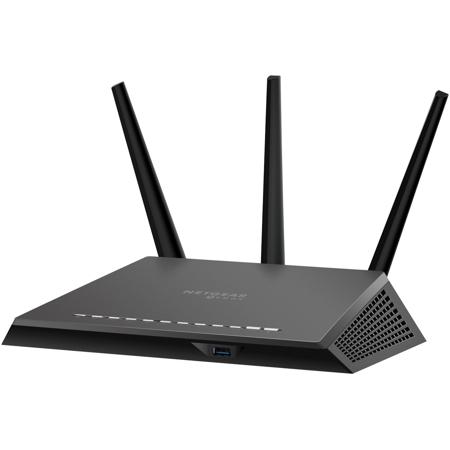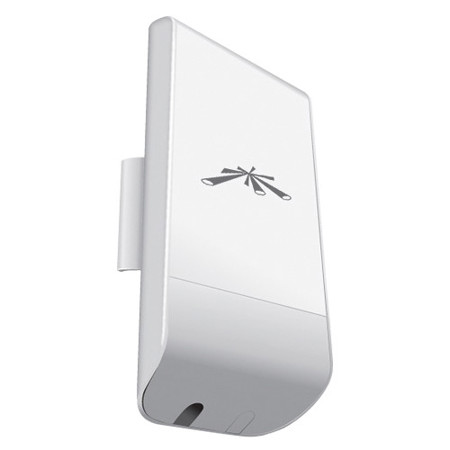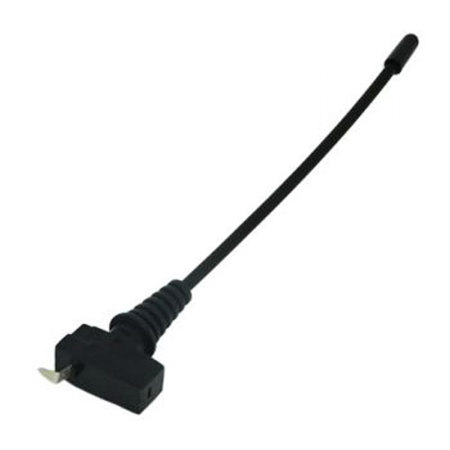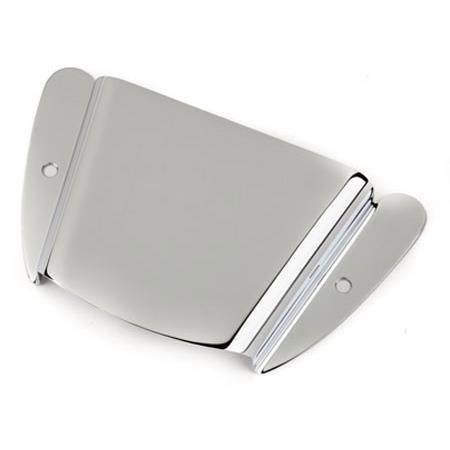Wireless Bridges
In today’s fast-paced, hyper-connected world, wireless bridges have become an essential tool for anyone looking to extend robust, high-speed network connectivity across physical barriers and long distances. Whether you’re a professional photographer needing to send large image files from a remote studio to a central editing suite, a small business owner linking separate offices without the hassle of running cables, or a homeowner hoping to bring reliable internet to a backyard workspace, wireless bridges offer a practical and elegant solution. These devices create a seamless connection between two or more locations, allowing data to flow freely where traditional wired networks would be cumbersome, costly, or outright impossible. As September brings cooler weather and the allure of working outdoors grows, many find themselves setting up seasonal workspaces in garages, patios, or garden sheds—wireless bridges make it possible to enjoy fast, secure internet in these extended environments without sacrificing performance.
Selecting the right wireless bridge involves considering several key factors to ensure optimal performance and reliability. Range is paramount, especially for those connecting buildings on large properties, school campuses, or event venues. Look for devices rated for the distances you need to cover, keeping in mind that real-world obstacles like trees, walls, or even seasonal foliage can impact signal strength. Speed and bandwidth are equally important, particularly for creative professionals transferring high-resolution video or audio files, or for businesses running bandwidth-intensive applications. Security features should not be overlooked; robust encryption and authentication protocols help protect sensitive data as it travels between points. Ease of installation is another consideration—many modern wireless bridges are designed for straightforward setup, but it’s wise to assess your comfort level with network configuration or to consult a professional if needed. For those planning to use wireless bridges outdoors, weather resistance becomes critical; devices built to withstand rain, wind, and temperature fluctuations will ensure uninterrupted performance through the changing seasons. If your project requires even broader coverage, you might also explore solutions like Wireless Outdoor Access Points, which can complement your bridge setup and expand your network’s reach.
Wireless bridges are not just for tech enthusiasts or IT professionals; they make thoughtful, practical gifts for anyone who values connectivity and productivity. Imagine gifting a wireless bridge to a family member who recently moved into a guesthouse or converted a barn into a creative studio—suddenly, they can stream, collaborate, and work without limitations. Event organizers, photographers, and videographers often rely on these devices to quickly set up temporary networks at outdoor festivals, sporting events, or remote locations, ensuring that every shot or soundbite is instantly accessible for review and editing. As autumn settles in and outdoor projects ramp up, reliable wireless connectivity becomes a game-changer for everyone from small business owners to hobbyists. Whether you’re expanding your home network to reach a new workshop or setting up a high-speed link for a community event, wireless bridges provide the freedom and flexibility to stay connected wherever your work or passions take you.
Selecting the right wireless bridge involves considering several key factors to ensure optimal performance and reliability. Range is paramount, especially for those connecting buildings on large properties, school campuses, or event venues. Look for devices rated for the distances you need to cover, keeping in mind that real-world obstacles like trees, walls, or even seasonal foliage can impact signal strength. Speed and bandwidth are equally important, particularly for creative professionals transferring high-resolution video or audio files, or for businesses running bandwidth-intensive applications. Security features should not be overlooked; robust encryption and authentication protocols help protect sensitive data as it travels between points. Ease of installation is another consideration—many modern wireless bridges are designed for straightforward setup, but it’s wise to assess your comfort level with network configuration or to consult a professional if needed. For those planning to use wireless bridges outdoors, weather resistance becomes critical; devices built to withstand rain, wind, and temperature fluctuations will ensure uninterrupted performance through the changing seasons. If your project requires even broader coverage, you might also explore solutions like Wireless Outdoor Access Points, which can complement your bridge setup and expand your network’s reach.
Wireless bridges are not just for tech enthusiasts or IT professionals; they make thoughtful, practical gifts for anyone who values connectivity and productivity. Imagine gifting a wireless bridge to a family member who recently moved into a guesthouse or converted a barn into a creative studio—suddenly, they can stream, collaborate, and work without limitations. Event organizers, photographers, and videographers often rely on these devices to quickly set up temporary networks at outdoor festivals, sporting events, or remote locations, ensuring that every shot or soundbite is instantly accessible for review and editing. As autumn settles in and outdoor projects ramp up, reliable wireless connectivity becomes a game-changer for everyone from small business owners to hobbyists. Whether you’re expanding your home network to reach a new workshop or setting up a high-speed link for a community event, wireless bridges provide the freedom and flexibility to stay connected wherever your work or passions take you.
